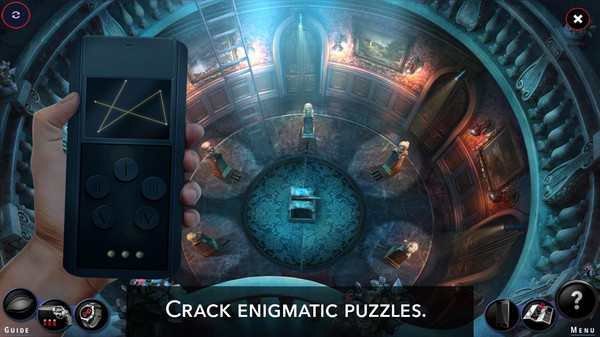The rapid tech boom that we’re currently experiencing is changing almost every aspect of our lives. This is especially true for young people who can’t remember the time before smartphones, social media or even virtual reality. Education system will have to change to adapt to the needs and habits of the students. In fact this is already happening on a daily basis.
Here’s how new tech is used to make education more accessible to the students:

3D Printing
Until recently, 3D printing was something out of a SF movie, and now it’s widely available and can be used in almost every level of study. Engineering is obviously the first who come to mind because 3D printing would allow them to create working models of everything they’re studying about. But, it doesn’t have to be that advanced 3D printers could be used even in elementary schools. Think about biology class in which you can print out the model of the human skeleton, or an astronomy class and moving models of the solar system. This kind of hands-on approach will bring the subject matter much closer to kids.
Micro-Credentials
Education isn’t something that is confined to a classroom or to a certain period of your life. Different skills are being developed daily and in a variety of situations. It’s getting hard to get recognition for this kind of development and achievement. You can think of micro-credentials as virtual badges, which the students collect when they use or obtain a particular skill. These badges could then be transferred and monitored during the entire educational path. It would be a significant step towards the lifetime learning goal and it would make education more personalized for each individual student.
Collaboration
The teaching is becoming more of a collaborative effort, with equal involvement from both students and the teachers. Peer reviewed notes and essays are becoming increasingly important teaching tools. Applications like Thinkswap allow students to share notes on a variety of academic subjects. The notes are being moderated beforehand and after they’re uploaded, they’re available on all devices and can be printed out. These documents go beyond subjects notes – students can upload in-depth analyses or entire papers on different topics. The democratization of the teaching process is definitely going to be a trend in the future.

Augmented Reality
People became aware of the potential of augmented reality when the Pokemon game became popular. But even before this made its way to people who are interested in science. Apps for astronomers were based on AR and they basically let anyone who points a phone to the starry sky know what exactly they are looking at. Obviously, the potential for educational use is endless. Anything that can be seen by Google Glass or photographed with a phone becomes an interactive learning aid. Virtual field trips will soon become a reality, giving students to experience art or historical sites from around the world first hand.

Digital Assessment
Creating tests has always been a challenge for any education system. Tests are not personal enough and they can’t be applied to all students. Also if they are government mandated, there is a tendency for everyone in the system to cheat a little to meet the required standards (this goes equally for students, teachers and schools). Digital assignment can help with this problem because they make the test personalized for the needs of individual students. Past performance information can be gathered for all around the web, as well as personal interests and goals, which are posted on social media. This way each student will get the proper attention.
The possibilities offered by high-tech are exciting and seemingly endless. It will make studying both remote and more personal, but it can also help students and teachers work together and share the knowledge and skills. In the end, the most important asset in the classroom are still the teachers themselves.




